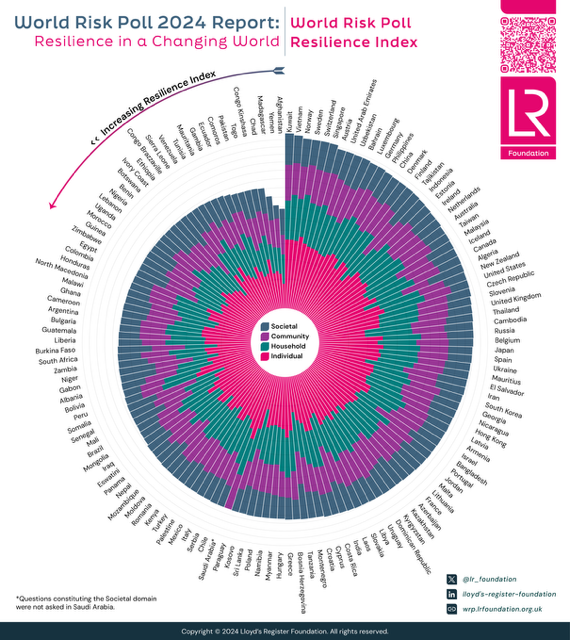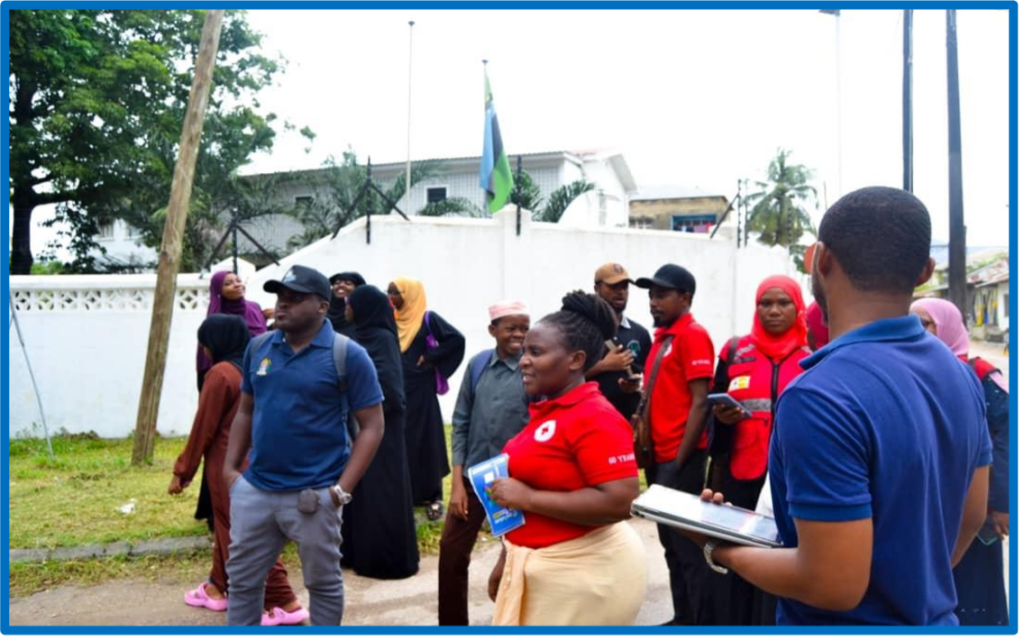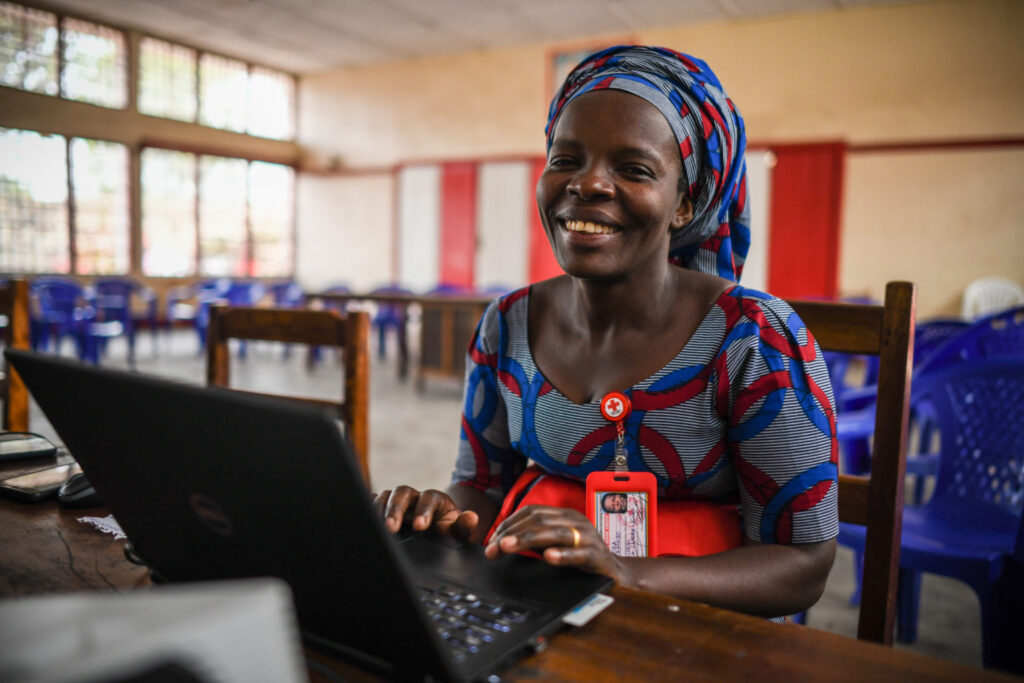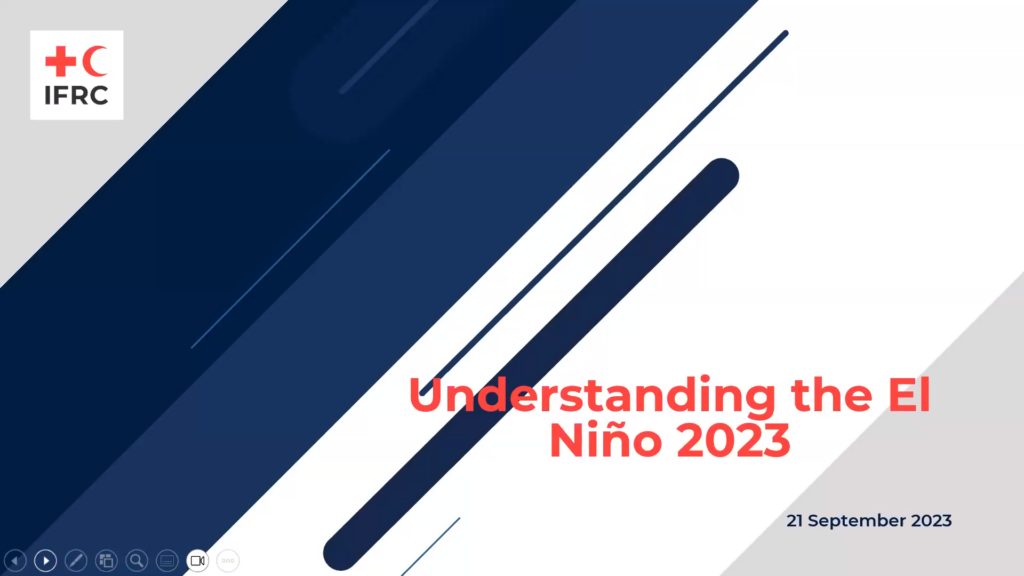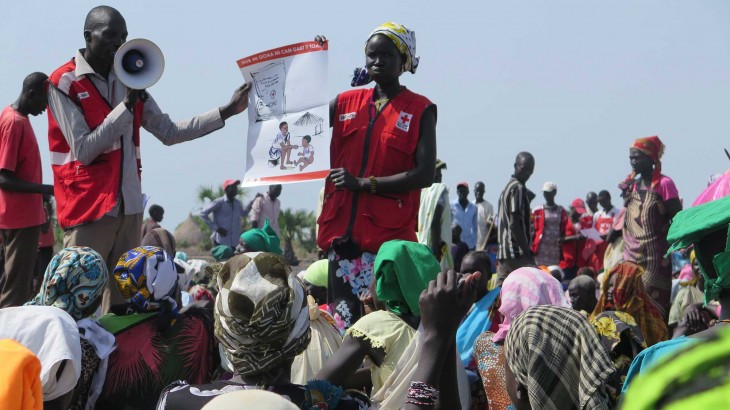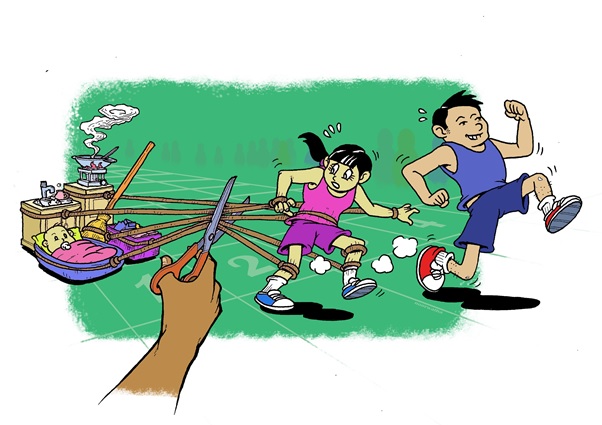DRR Awareness and Education Methodology Guide for SIDS
This methodological guide has been designed to support Red Cross and Red Crescent Movement practitioners—specifically project managers, coordinators, and volunteers—working in the field of disaster risk reduction (DRR) education in Small Island Developing States (SIDS). These tools apply a community and school-based disaster risk management approach adapted to the SIDS context, in order to identify […]
DRR Awareness and Education Methodology Guide for SIDS Read More »


